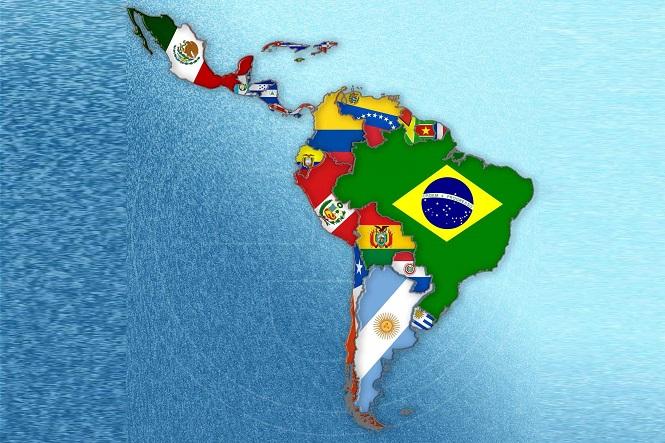The surge in inflation prompted central banks around the world to change monetary policy to protect people and companies from price hikes, many of which raised interest rates in line with the US Federal Reserve, according to “reuters”.
Analysts believe that the region could lead the way in a new period of interest rate cuts .
Here are the latest policy decisions from Latin America’s largest economies:
Brazil’s central bank in June kept its benchmark interest rate at 13.75% for its seventh consecutive policy meeting, but softened its tone on future steps.
The institution halted its aggressive tightening cycle in September after raising interest rates for the 12th in a row.
Consumer prices in Latin America’s largest economy fell to their lowest level in more than two years in May, at 3.94%. The bank’s target is 3.25% in 2023, plus or minus 1.5 percentage points.
Mexico’s central bank kept its benchmark interest rate at 11.25% in June and said it would be necessary to keep it at that level for a long time.
Mexico’s annual inflation slowed in May to its lowest level since August 2021, to 5.84%. Inflation was lower than expected and represented a step forward in the central bank’s expectations of a cut in inflation to 3%, plus or minus one percentage point.
Argentina is battling one of the highest rates of inflation in the world, with annual price increases in excess of 110%. High prices, a weak currency and indebtedness have hurt the economy and left locals struggling to keep up with daily expenses, including food.
Argentina’s central bank kept its benchmark interest rate at 97% in June, after raising 600 basis points in May.
The Central Bank of Chile decided at its last meeting to keep its benchmark interest rate at 11.25%, citing cuts in the short term.
Chile saw annual inflation fall in May to 8.7%, still well above expectations to close the year at 4.6%.
Peru’s central bank kept its benchmark interest rate at 7.75% in June, unchanged since a 25 basis point rate hike in January.
Annual inflation reached 7.89% in May, declining for the fourth consecutive month, but still far from the institution’s target range of 1% to 3%.
Colombia’s central bank raised its benchmark interest rate by 25 basis points to 13.25% at its last meeting in April, during a divided vote that triggered the tightening cycle.


















